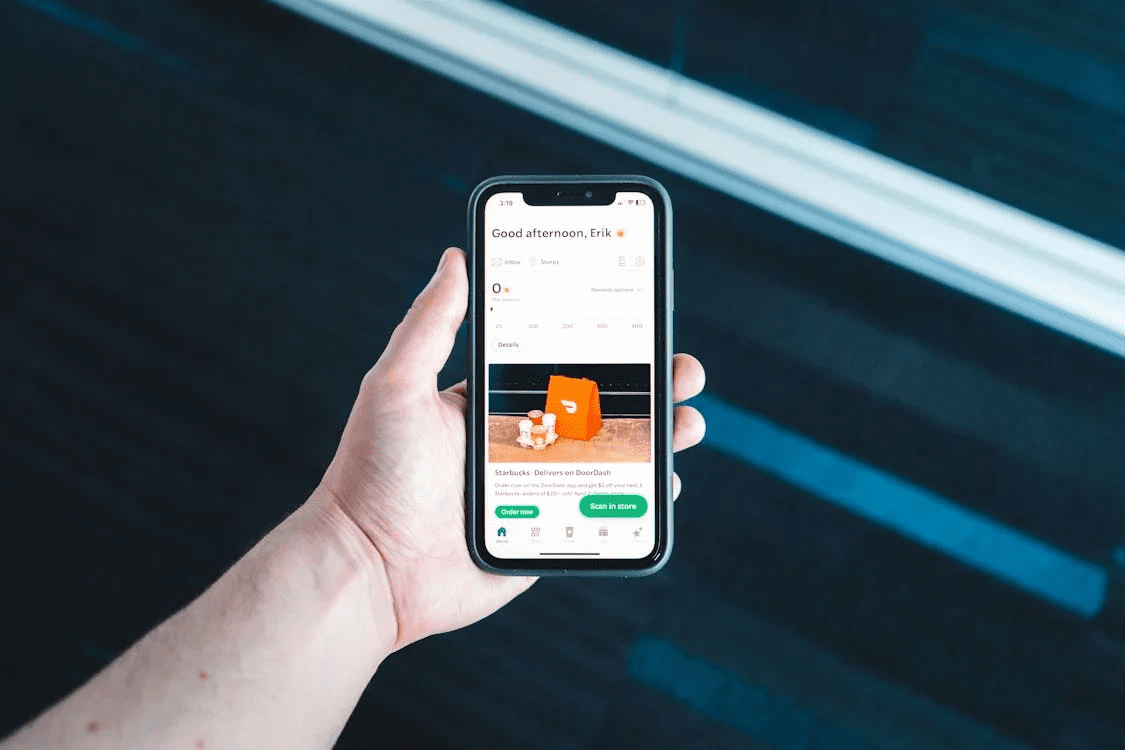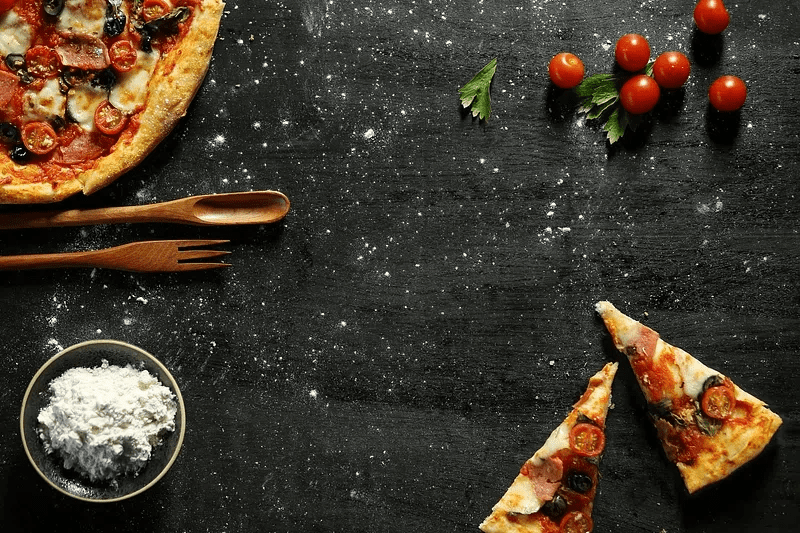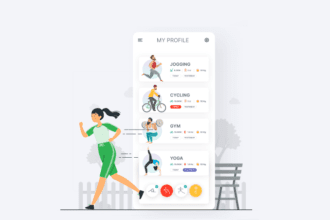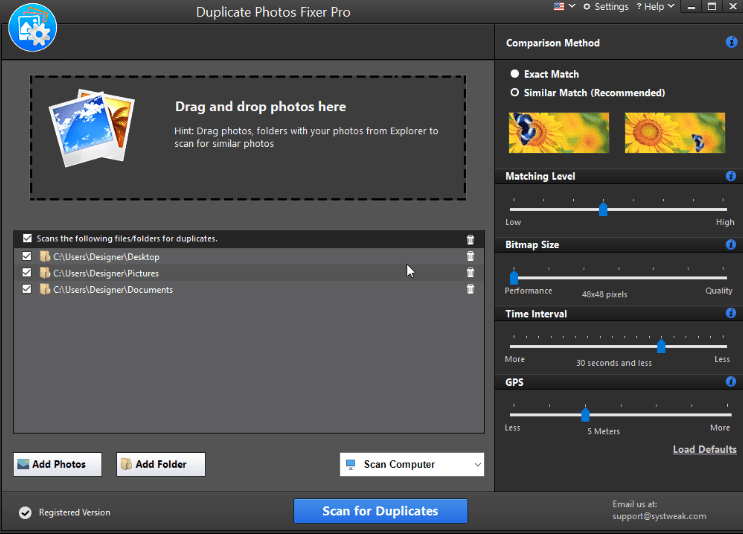
The landscape of restaurant apps has changed quickly, from simple reservation systems with single features to multi-feature platforms that enhance the dining experience. They used to be all about menus and what the wait time would be. On-site ordering—with AI-driven recommendations, mobile ordering, and contactless payments—added convenience features that have reinvented the site.
Integration of augmented reality into the applications promises a revolutionized customer’s reaction to the environment around them by allowing them to visualize dishes even before ordering them. Loyalty programs are already transformed into personalized ones through data analytics that generate customized offers.
The future of restaurant apps, therefore, lies in the easy integration of dining with digital interaction for increased customer satisfaction, as technology is continuously evolving. As the industry in the restaurant sector evolves with the invasion of mobile applications, the dining experience is bound to change like never before.
For example, one might expect the use of AI in personally tailored menus for individual consumers, depending on taste, dietary requirements, and orders placed previously. The other functions that AR features can carry out include a virtual look at the dishes to expect before making an order, therefore minimizing the expectations-reality gap.
The blockchain will further enable the revolution for hospitality business owners in making transparent ingredient sourcing to eliminate customers’ doubts regarding the quality of the food they will eat. Last but not least, integration with smart home devices will make ordering and getting your food seamlessly easy, making dining out as easy as interfacing away on your smart device. It’s not just about convenience; it’s about connection to each other.
Current Trends in Restaurant Technology
But here, technology has not stopped. Restaurants are evolving with Litality, and artificial intelligence continues to power personalized recommendations to please every taste. Contactless dining continues to grow, and QR code menus and mobile payments have become standards. Augmented reality is beginning to give customers a view of the dishes before ordering them.
Meanwhile, loyalty programs are getting increasingly app-based, making rewards and incentives part-and-parcel and, in turn, fostering customer loyalty. These innovations not only help operations run more smoothly but also equilibrate the dining experience, ensuring that restaurants can remain competitive in an ever-changing landscape.
Groundbreaking innovation in restaurant app technology is about to reshape dining in years to come. AI-driven personalization: Apps will study customer preferences to create menus specifically for them, even suggesting which dishes to order. More developed AR features could enable customers to get a visualization of meals when ordering. With the power of blockchain technology, sourcing ingredients could help create trust by guaranteeing more transparency.
Lastly, frictionless integration with all your smart home devices will allow you to pre-order and meal schedule—that is, making dining out as easy as ordering in. It won’t be only convenient; the future is more immersive than that.

Key Innovations Shaping the Future
With greater technology adoption in the restaurant industry, there are certainly some key innovators that will change the game in dining. Exciting developments include AI-driven personalization that will enable apps to customize recommendations based on user preferences and past orders. Augmented reality also makes its way into menus so diners can see what they’re ordering.

Then add the contactless payment options through digital wallets, where the sourcing of ingredients is done via blockchain technology. Finally, loyalty programs powered by gamification incite customer engagement, making the everyday routine of eating interactive and wanting them to do more.
As the landscape of restaurant apps evolves further, a few innovations will prove to redefine the dining experience. Augmented reality will make it possible for users to see a visualization of their meals before placing an order, which will make decision-making easier. AI-driven suggestions in menus will be made to fit dietary preferences or past orders, hence a personalized menu.
In addition, blockchain technology will bring revolution in terms of food transparency, allowing customers to trace every ingredient back to the source. Contactless payments and digital tips will make transactions more convenient, whereas loyalty programs integrated with progamification will make buffets more fun for guests, allowing a deeper relationship between restaurants and their customers.
Personalization and Customer Experience
As restaurant apps evolve, personalization will be re-imaged in customer experiences like never before. As advanced algorithms will analyze user preferences, dietary restrictions, and past orders, recommendations will be churned out, thereby making dining decisions effortless. Imagine a personal app able to remember your favorite dish, suggest seasonal ideas, and even create a meal plan for you to meet your health goals.
Chatbots powered by AI would provide live interaction by responding to customer queries in a very engaging manner. Features like menu and loyalty rewards will be seen to ensure that the future of restaurant apps becomes more personalized to the tastes of its users, creating deep linkages and fostering brand loyalty. A few innovations on the horizon would further revolutionize the dining experience with restaurant apps. Users will be able to see how the dish looks even before ordering, hence making a decision easier with an augmented reality feature.
AI-based personalization will be able to analyze previous behavior and tailor the menus according to personal preferences. Voice-based ordering systems will just make it simpler and easier to fit into. Blockchain technology has the potential to increase traceability in sourcing and payments. The increasing visibility of information will assure the diner about food. Integration with smart home devices may just make the reservation process easier and meal planning more efficient for diners.
Integration of artificial intelligence and machine learning
The integration of AI and machine learning in restaurant apps is a game changer for dining. These technologies can evaluate the wishes of the customer, leading to predictive choices of the menu and actions sensitive to dynamic pricing that mirror the demand state. AI-based chatbots ensure easier reservation and customer service, while predictive analytics assists restaurants in improvements associated with inventory management, thus reducing waste.
In addition, the machine learning algorithms are powerful enough to identify dining trends and customer behaviors that will help establishments make the promotions targeted and the loyal programs more effective. Growing and progressing continually with such innovations, it is bound to create an experience that is more intuitive, effective, and individualized for every diner, bringing new standards into the culinary world.
In a world where restaurant apps are becoming ever more sophisticated, a few of the following innovations might just change how the world eats. Artificial intelligence could offer automated, personalized recommendations based on user preference and diet. Or, maybe augmented reality features will allow diners to see what menu items look like before they order them to make a better decision. Further integration with smart home devices might edge closer toward a seamless meal planning and ordering experience.
Blockchain technology could just be the thing that brings complete ingredient-sourcing transparency—nice for the eco-conscious consumer. In addition, the loyalty programs will be gamified, and the customers will earn points, redeemable for exclusive experiences. These advances herald the technological future that will be so closely tethered to every dining operation.
The Role of Contactless Technology
As the dining landscape has changed, this is contactless technology applied to change the restaurant experience. With the rise of mobile payment systems and QR code menus, now the browsing, ordering, and paying processes work automatically without physical contact on the part of the diners. This not only improves convenience but also puts hygiene first, which is a very important element in a health-conscious ecosystem. Features such as contactless reservations and digital waitlists further move the entire fine dining process towards being less crowded and less time-consuming.
As more and more restaurants find acceptance of these innovations, the customers are bound to get a much more personal and effective dining experience, thereby underlining the rising importance of technology in the world of cuisine.
Application innovations are just going to further shape the face of dining. Expect AI-driven recommendations that will be personalized to all guests’ menus based on all kinds of indicators. Augmented reality features will give diners a chance to look at their meals in advance. Decision-making in the menu is thus facilitated.
Contactless payment solutions will come under the spotlight to provide a seamless transaction process while maintaining hygiene. In addition to this, blockchain technology will make such loyalty programs more transparent for diners with visible rewards and perks. These advancements in restaurant apps are surely going to improve convenience, bring diners closer to their favorite joints, and open up more engaging culinary landscapes.
Sustainability Features in Apps for Restaurants
As long as sustainability becomes an integral part of consumers’ lives, applications for the restaurant sector will be able to leverage revolutionary features in promoting sustainability in several ways. Expect to find eco-friendly apps that allow you to track the carbon footprint of the meals using ingredients from their local, sustainable farm sources.
Enhanced menu options will allow the highlighted plant-based dishes and seasonal ingredients to encourage diners to make environmentally aware choices. Additionally, they can incorporate a rewards system for the customers who select sustainable options, developing a responsible culture. In this way, the restaurant apps are further conforming precisely to this growing trend and demand, which in turn empowers the user to make a difference with each order.
Other features in restaurant apps, that make dining more interactive, include those providing augmented reality that will enable patrons to make pre-visualizations of menu items before ordering to help them make decisions that will increase satisfaction. AI-driven personalization will ensure that it provides tailored recommendations based on the individual’s preference for making each visit special for the consumer.
On the food sourcing front, the blockchain aspect will provide full transparency, with the ability to trace back to origin, the source for each served dish. Besides, the integration with smart kitchen appliances will make the order process smooth and reduce waiting times, while loyalty programs with the power of gamification will keep customers’ engagement constant and keep on visiting and experiencing more. It is not food; the future of eating is experience.
Future Solutions for Payment and Security
As a restaurant app continues to evolve, it will have to ensure that any payment solution arriving in the future brings the utmost convenience and security to the customers with fingerprint or facial recognition, cleverly guaranteeing a fast checkout process while protecting the information of the user. It is also speculated that, shortly, blockchain technology for transactions will offer an immutable ledger that enhances transaction transparency and cuts occurrences of fraud.
Contactless payment will be the talk of the town, with QR codes and digital wallets enabling foodies to pay their bills seamlessly. These advanced encryption techniques will provide even more security for sensitive information, hence assuring the users. In the end, these innovations are meant to make the food service experience seamless and to garner trust in every out-of-home eating experience in a digital world that is expanding by the day.
As with the restaurant itself, applications for the restaurant business continue to evolve. There is yet another layer of innovation being brought in, integrating AI-supported personalized dining experiences as the next step in a customer interface. In terms of the latter, consider an app that can provide recommendations for dishes based on past orders and dietary restrictions. Plus, in terms of AR, one can redefine the experience of menu exploration to enable the visualization of meals even before they are ordered.
Even transactions will be redefined as we can now expect to pay for what we buy as smoothly and easily as possible—even with a cryptocurrency mix. Consumers can now significantly support the ability of restaurants involved in sustainability with the help of blockchain for supply chain transparency. All of these are innovations set to make things more convenient and connected in our dining experiences.
Challenges and Considerations to Developers
- User Experience: Balancing functionality with simplicity to have a streamlined navigation experience for all kinds of users.
- Data security: Protection of customer data leaks considering some of the strictest regulations such as GDPR.
- Make sure there’s integration with other systems, POS, and third-party services for seamless operation.
- Market Saturation: The ability to separate yourself from and position yourself differently from a multitude of competitors in a crowded marketplace.
- Feedback Loops: Introducing effective means to collect and analyze user feedback for ongoing improvement.
As the restaurant industry undergoes waves of change, innovative app features are all ready to impact the entire experience of dining out. A few more are personalization by AI, in which applications can offer menu recommendations based on previous orders and dietary inclinations; the ability to see through augmented reality before ordering so one can view the actual visualization of food; and blockchain, which can increase transparency in the supply chain leading to the ingredients, hence gaining trust from the consumers.
Contactless payments and loyalty programs will now be more advanced and entail much ease through reservations based on smart algorithms to optimize seating for restaurants. They are truly innovations in the best sense of the word because they promise convenience and better engagement, making restaurant apps a must-have for both restaurant owners and their clients.
Conclusion: Oriental Eats-The Path to Take with Restaurant Apps
In the long run, the next-phased restaurant apps will marry technology seamlessly with culinary indulgence. Innovations such as AI-driven recommendations, augmented reality menus, and integration with Internet of Things smart kitchen devices shall considerably change how consumers will interact with food joints. The scope for personalized dining, driven through data analytics, can, in turn, boost consumer satisfaction and loyalty. With these restaurant apps in place, it isn’t just the operations that will be enabled; rather, an entirely new era for dining with experience will be unraveled. These next-generation restaurant apps will redefine convenience and engagement in new ways of culinary exploration, changing the way we have classified the experience of enjoying food.








